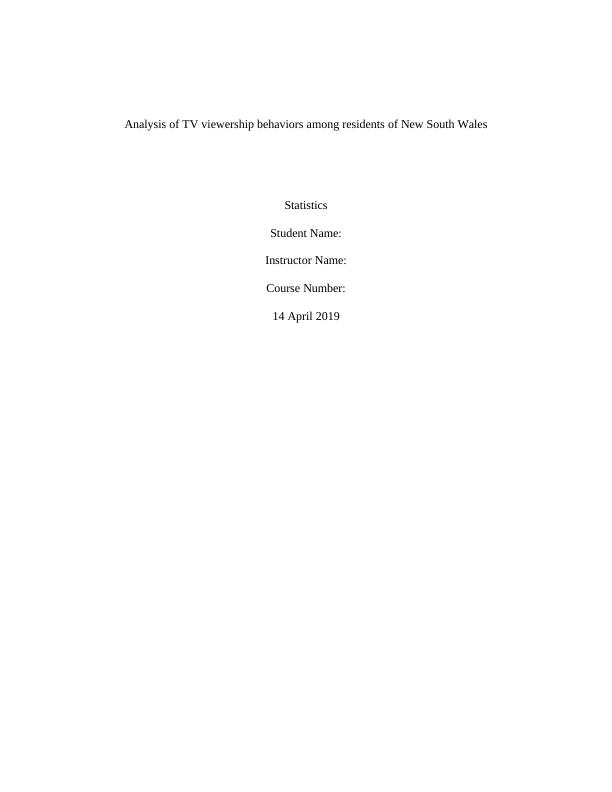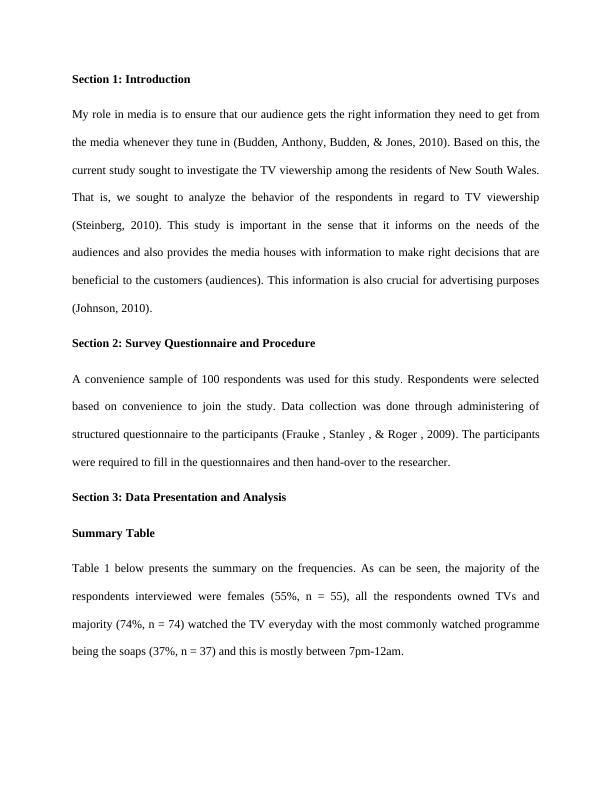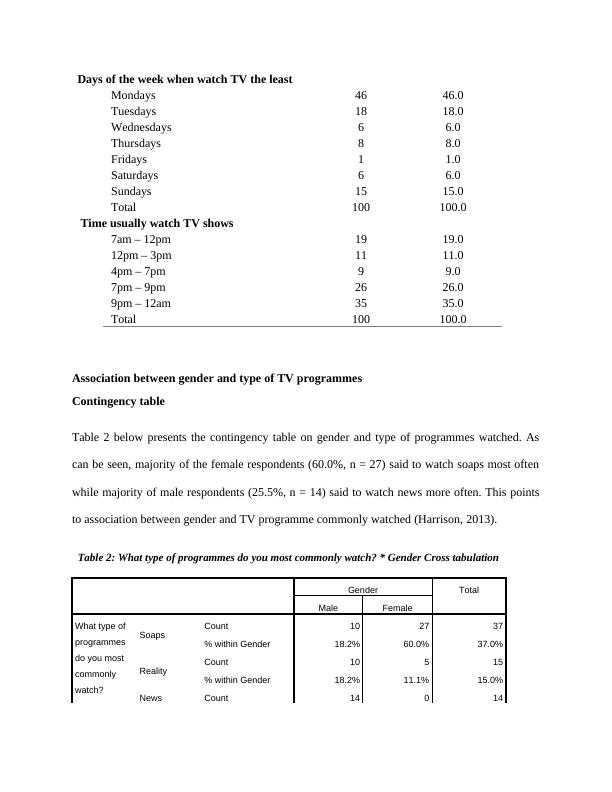Analysis of TV Viewership Behaviors in New South Wales
Evaluate knowledge and ability in recognizing and articulating appropriate business/economic questions, selecting appropriate variables, applying statistical techniques, and communicating results in a written report.
14 Pages2586 Words48 Views
Added on 2023-01-19
About This Document
This study analyzes the behavior of TV viewers in New South Wales, including gender differences and preferred programs. Findings can inform media decisions and advertising strategies.
Analysis of TV Viewership Behaviors in New South Wales
Evaluate knowledge and ability in recognizing and articulating appropriate business/economic questions, selecting appropriate variables, applying statistical techniques, and communicating results in a written report.
Added on 2023-01-19
ShareRelated Documents
End of preview
Want to access all the pages? Upload your documents or become a member.




